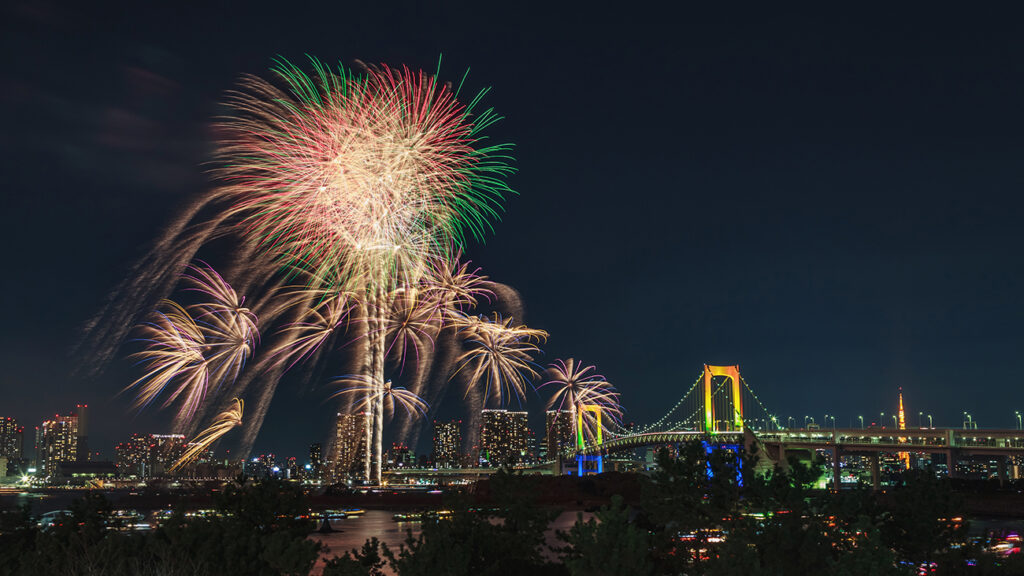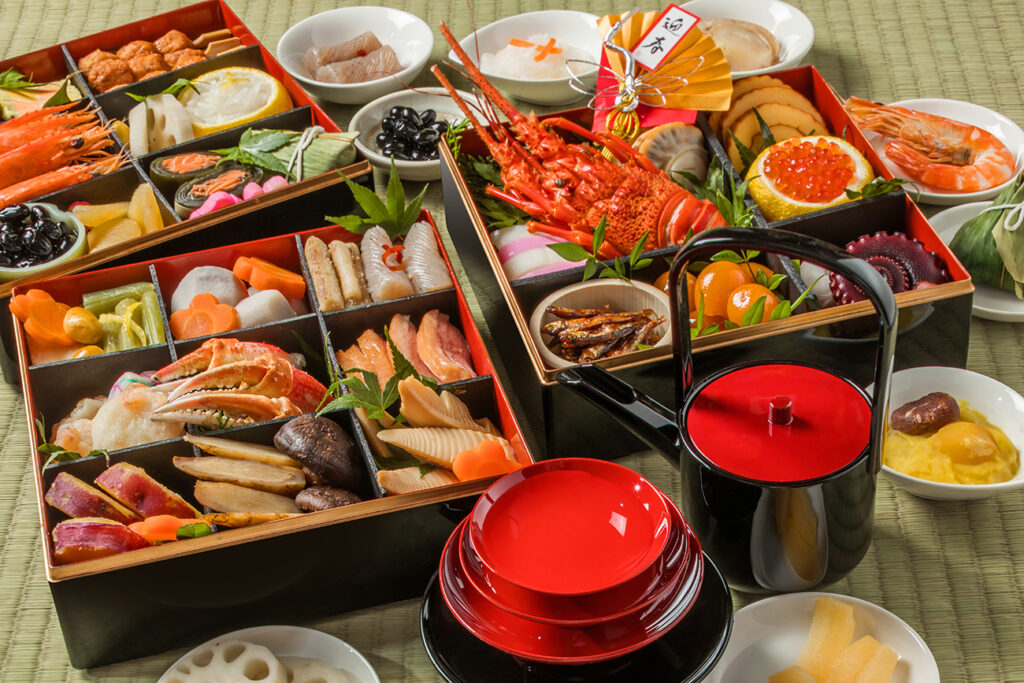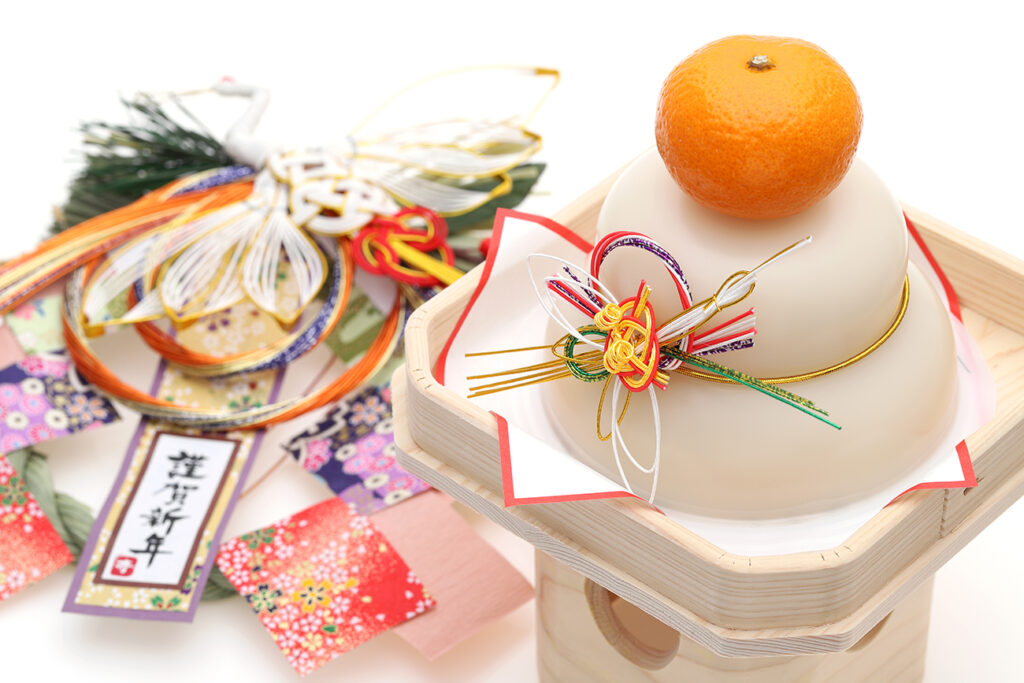
Spending New Year in Japan!
The Japanese New Year, known as Shōgatsu (正月), holds immense significance in Japan. During this time, businesses close their doors from January 1 to January 3, and families come together to celebrate.
In Japan, the concept of the New Year is that of a fresh beginning. To bid farewell to the old year’s worries, people participate in bonenkai parties (“year-forgetting parties”). Homes and gates are adorned with pine, bamboo, and plum tree ornaments, while a thorough cleaning of clothes and houses takes place.
On New Year’s Eve, toshikoshi soba (buckwheat noodles), symbolizing longevity, is served. A contemporary tradition involves watching “Kohaku Uta Gassen,” a popular music show featuring renowned J-pop and enka singers in mesmerizing performances.
Several customs are observed during the Japanese New Year, including Hatsumode (初詣), the first visit to a shrine or temple. These sacred places bustle with activity, with visitors dressed in kimonos if weather permits. Festive atmospheres, food stalls, and crowds characterize popular shrines, as people make their initial visit of the year.
Osechi Ryori (おせち料理) is another tradition, where special New Year dishes are prepared in advance because, historically, using a hearth and cooking during the first three days of the New Year was considered taboo. Nengajo (年賀状) represents a Western-inspired practice of exchanging holiday greeting cards. These cards are sent to post offices before the year ends and are delivered simultaneously on New Year’s Day. Additionally, Hagoita Decorations (羽子板) are wooden paddles originally used in the game hanetsuki (羽根突き, 羽子突き), akin to badminton, played during the New Year. In modern times, they serve as traditional New Year decorations, believed to ward off evil spirits.
Additionally, Hagoita Decorations (羽子板) are wooden paddles originally used in the game hanetsuki (羽根突き, 羽子突き), akin to badminton, played during the New Year. In modern times, they serve as traditional New Year decorations, believed to ward off evil spirits.
These unique traditions makes spending Shōgatsu in Japan a truly wonderful and memorable experience.
Wishing everyone a Happy New Year!
